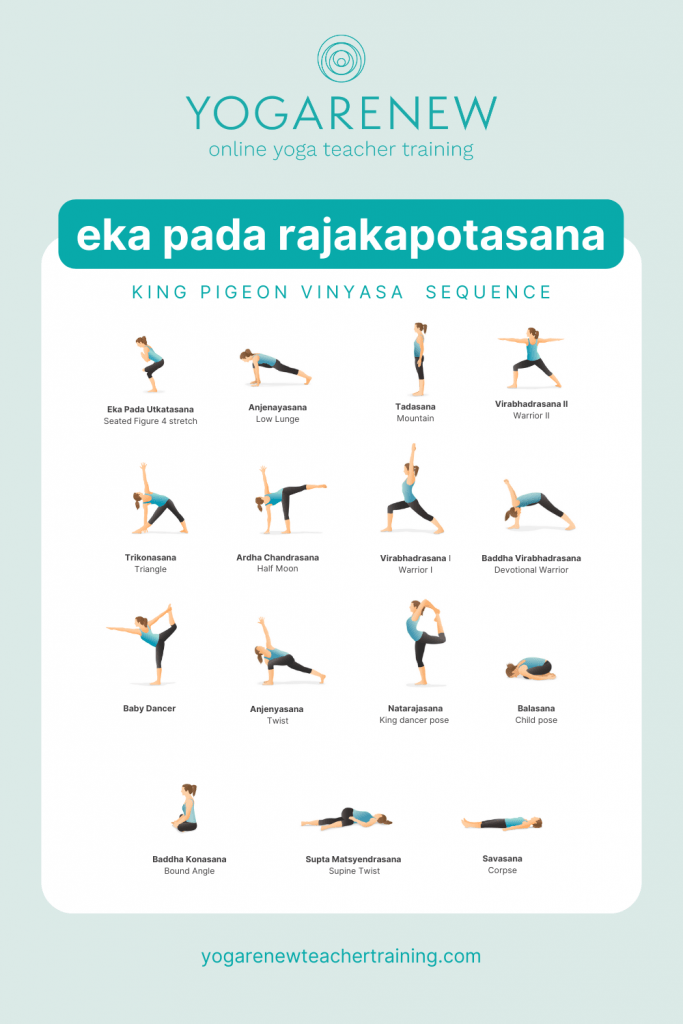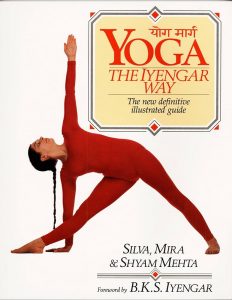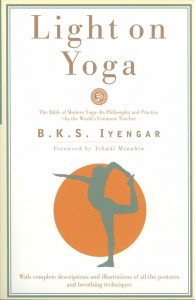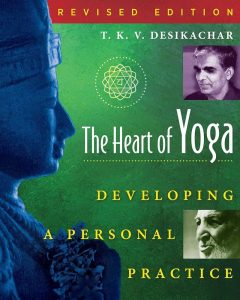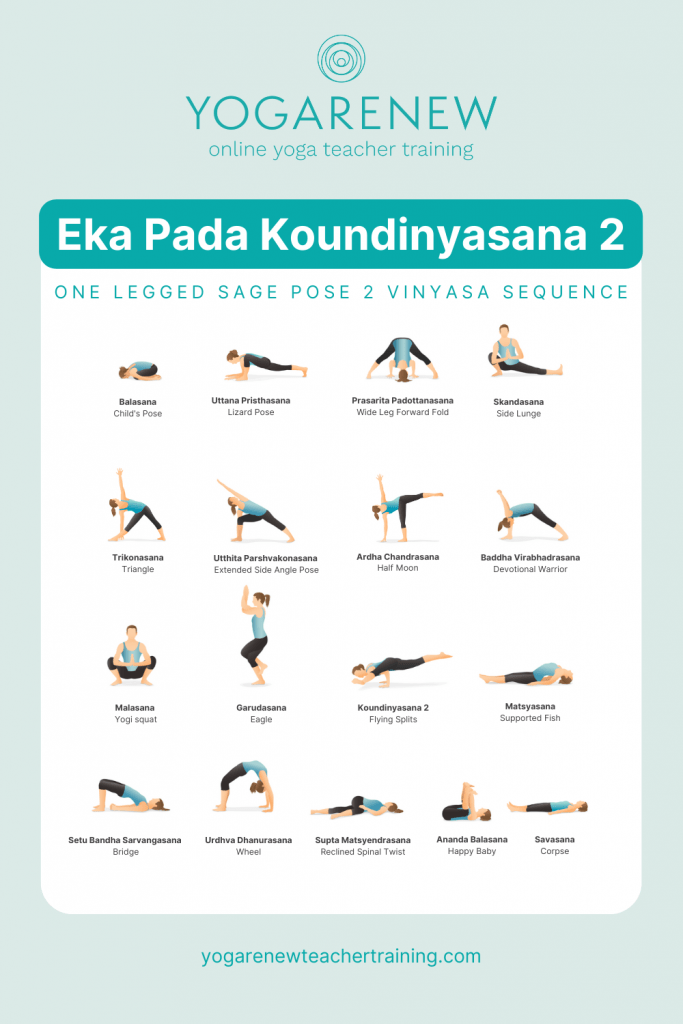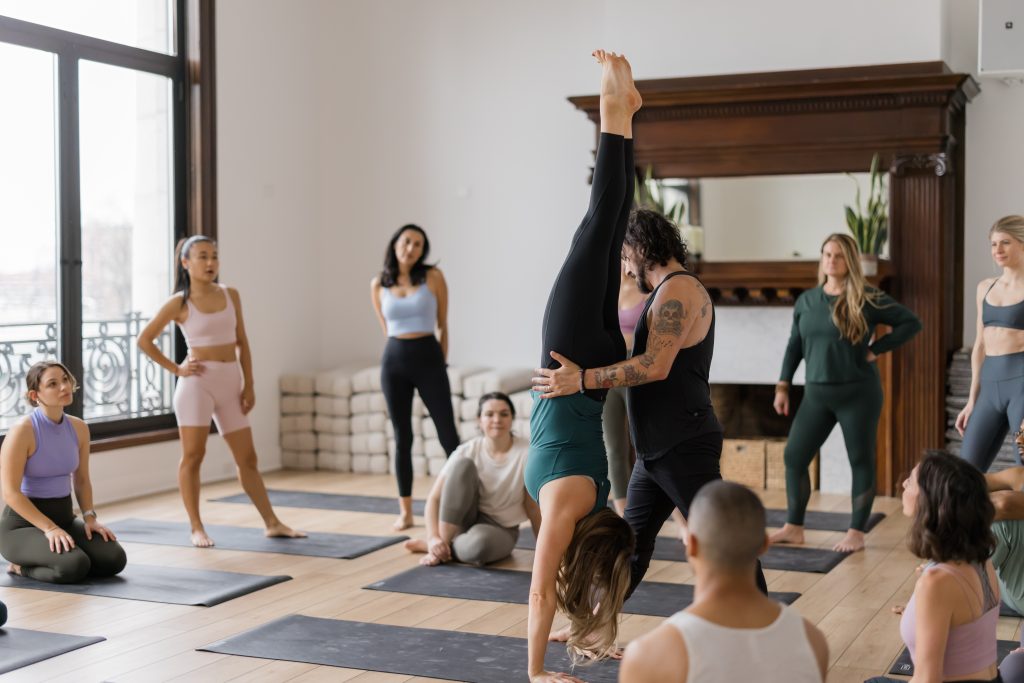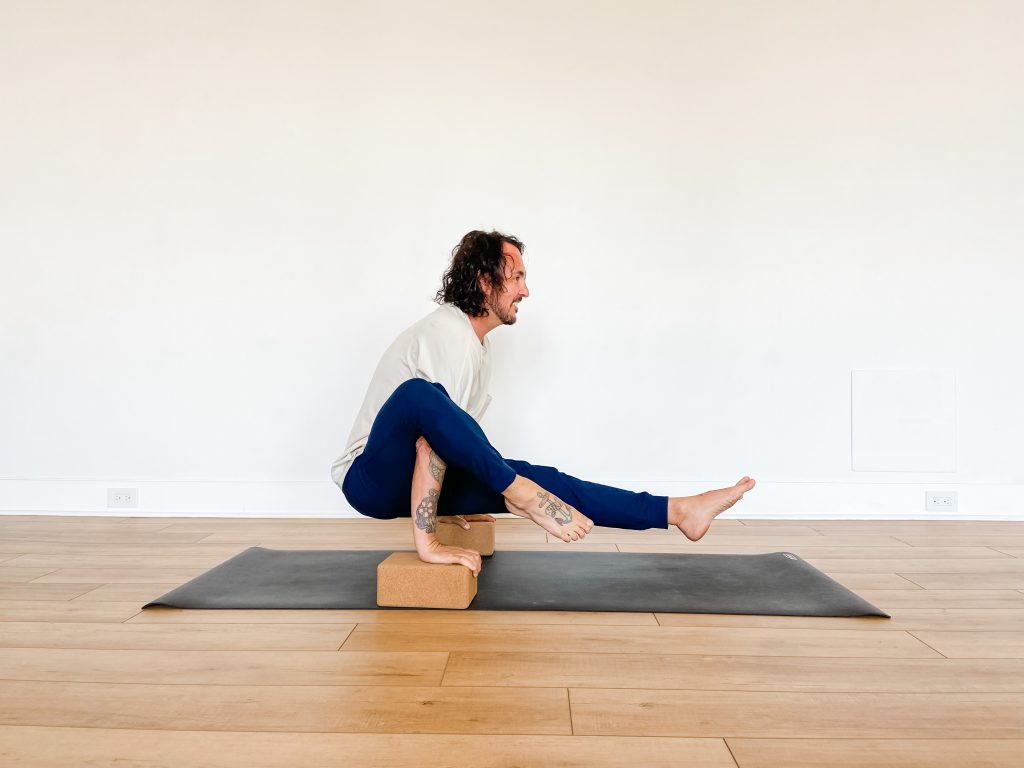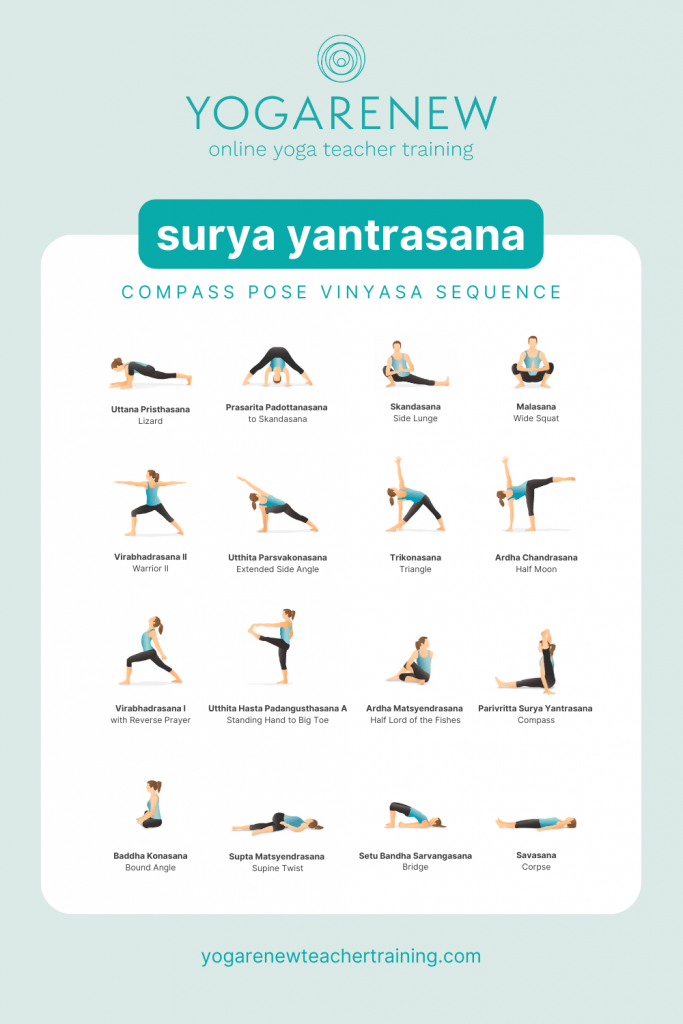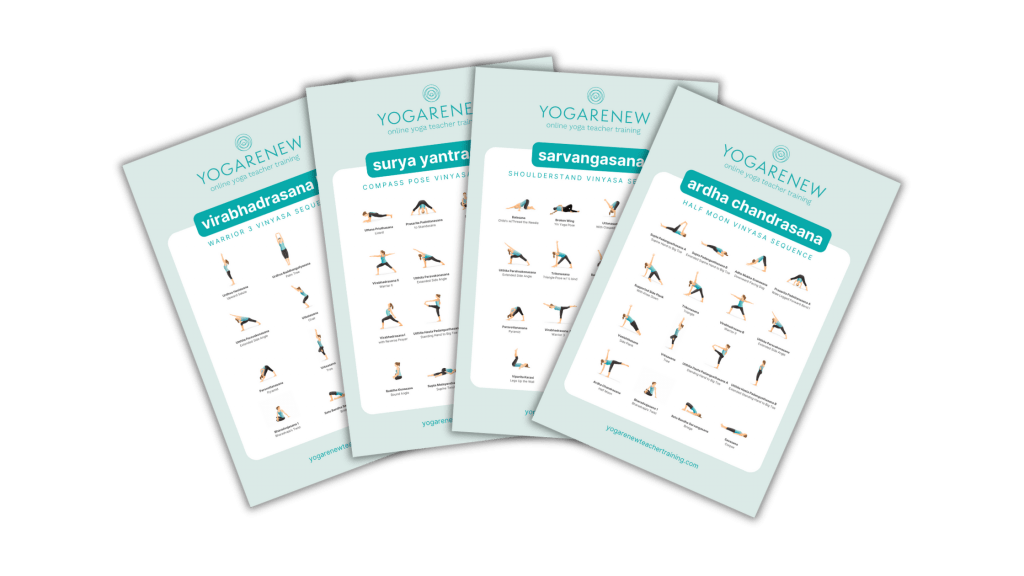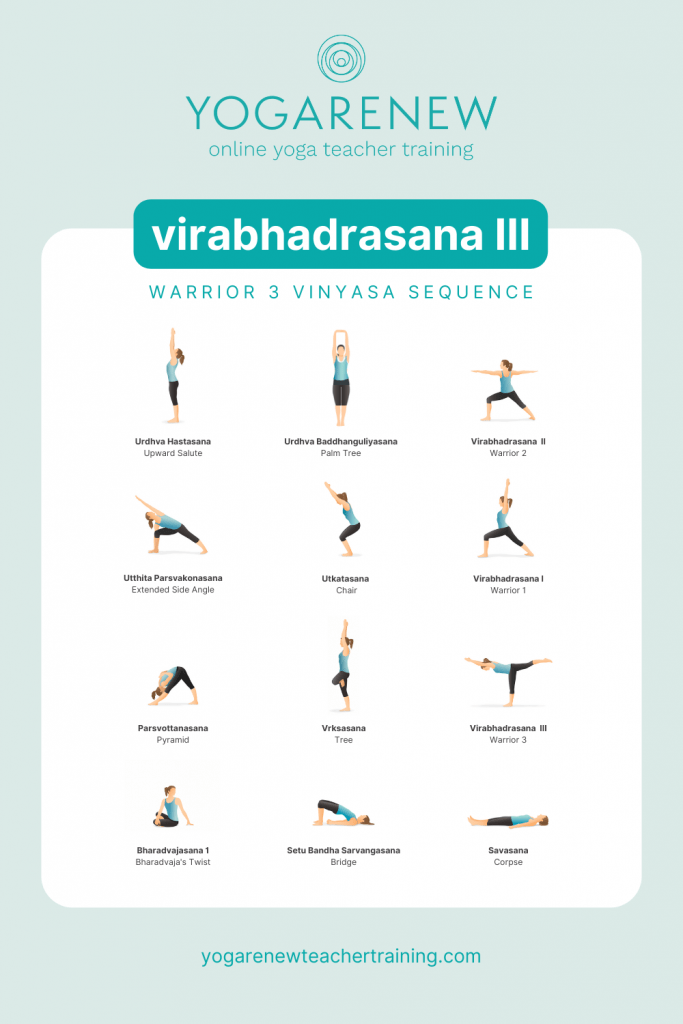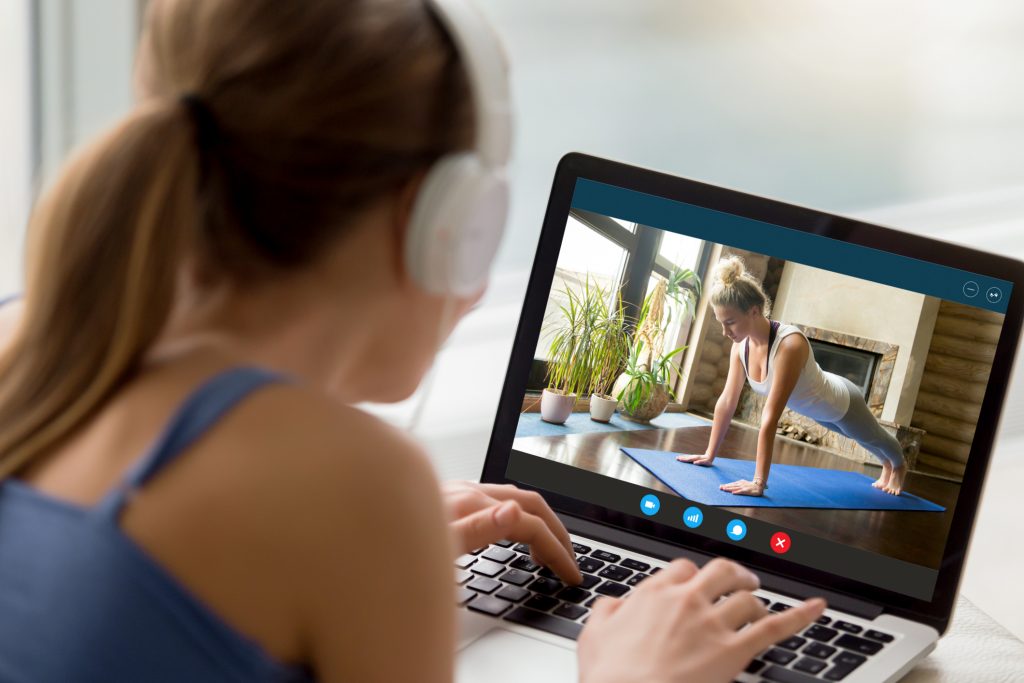
Over the last few years, online yoga has become a regular part of our day to day life. Lots of yoga teachers, yoga studios, gyms, personal trainers, and other fitness and wellness professionals have incorporated the online platform to share their teachings and services.
With the popularity of online learning also comes questions about what makes certain classes stand out, whether learning online is doable, pricing of classes, quality of free content, the best free classes, and also how long classes should be.
The Best Online Yoga Classes
The roots of the physical yoga asana practice date back thousands of years and it has gone through many iterations before becoming what it is today. During 2020, we even experienced a time where attending a physical class inside a studio wasn’t an option and online learning was the only way to attend a yoga class.
Since we had to find alternative ways to practice yoga, practicing online has become extremely popular. After in-person yoga and other in-person activities became an option again, many people still choose to incorporate online options into their lives. It seems that practicing yoga online is here to stay.
So what makes an online yoga class the best? There are so many fitness apps, virtual classes and online communities to join, all from the comfort of your home, from any device, during a time that is convenient for you. It can be overwhelming to figure out what the quality of certain classes are.
Like most things in yoga, it depends on the individual. It depends on what style you prefer, how you learn and observe, and also what your current fitness level is. The best online yoga classes show the instructors full body, incorporate different level classes, offer options for meditation and pranayama, and also include a way to contact the teacher or studio.
With that said, you are really the only person who can determine what the best classes are and what works for you. You should make sure you understand the teacher, that the quality of the audio and video is clear, and that it’s a teacher you connect with and want to keep tuning in to.
Finding the Right Yoga Class
Selecting the vibe of the type of yoga you want to practice is essential towards making sure you are fully present in the class. Here are some things to consider when selecting an online yoga class:
- What type of yoga are you interested in? There are so many genres of yoga, all bringing different benefits to the table. A couple of popular yoga classes today are: yin, restorative, vinyasa, and meditation. The type you choose may change day-to-day based on a variety of different factors. For example, what time of day are you practicing at? If it’s right before bed then restorative or yin might be your vibe. But, if you’re looking for a midday energy boost, a vinyasa flow will definitely help with that.
- What are you taking the class for? Good online yoga classes will always give a brief description of what the class entails and what you can expect during the class. Since classes are pre-recorded, the content has been specifically designed to target certain areas and fulfill specific needs and you’ll want to make sure they’re aligned with what you’re looking for. With so many options available, it’s important to know what style of yoga you enjoy so you can find the best for you.
Finding the Right Yoga Teacher
Looking online may feel foreign if you’re used to attending a studio. However, many companies are working towards bringing their business online, so a yoga studio will sometimes highlight and introduce you to their teachers.
Here are some questions to consider when browsing classes by teachers:
- Does this teacher specialize in a specific type of yoga?
- Do they touch on elements of the practice in a way that feels right to you?
- How long has this teacher been teaching?
- What are their credentials for teaching yoga?
Pricing vs. Free Content
Here’s a little secret: If you enjoy the free classes and videos that a teacher provides, you will really enjoy their paid options even more. Teachers and studios give you a little taste of their offerings when they provide freebies like YouTube videos, Instagram reels, and other content across social media.
If you enjoy the complementary offerings, give the paid options a chance too!
If you can’t afford the paid options, most teachers and studios will work with you to figure out what you can afford or how you can work together. It’s always worth asking and it’s also always worth inquiring about scholarships and options like payment plans.
How Long Should a Class Be?
Along with the wave of online yoga also came the options for shorter yoga classes. In-studio classes are often 60-90 minutes long, so it can be jarring to see an online option that’s maybe 20-40 minutes in length. The longer classes certainly provide a more in-depth option and will also touch on diving deeper into certain physical areas.
The shorter-length option is a great way to actually get yourself moving and practicing. When you’re at home. There may be a tendency to say you don’t have the time to do something or it can seem like an hour is taking away from certain duties you have to get to. With the shorter classes, you can practice in whatever time frame you have available.
Shorter yoga classes may also help you stay consistent with your practice and give you less reason to skip a day or make up excuses about not having time. They’re a wonderful option for busy people and for anyone looking to just get moving throughout their day.
Taking a Yoga Class Online
Overall, in-person classes certainly provide a sense of community, accountability, and they get you out of your house or office and into a yogic environment. Online classes provide convenience and can be done anywhere, at any time. As long as you’re practicing yoga, you’re doing something great for yourself and you’re carving out the time for your own self care and self love – this is key!


